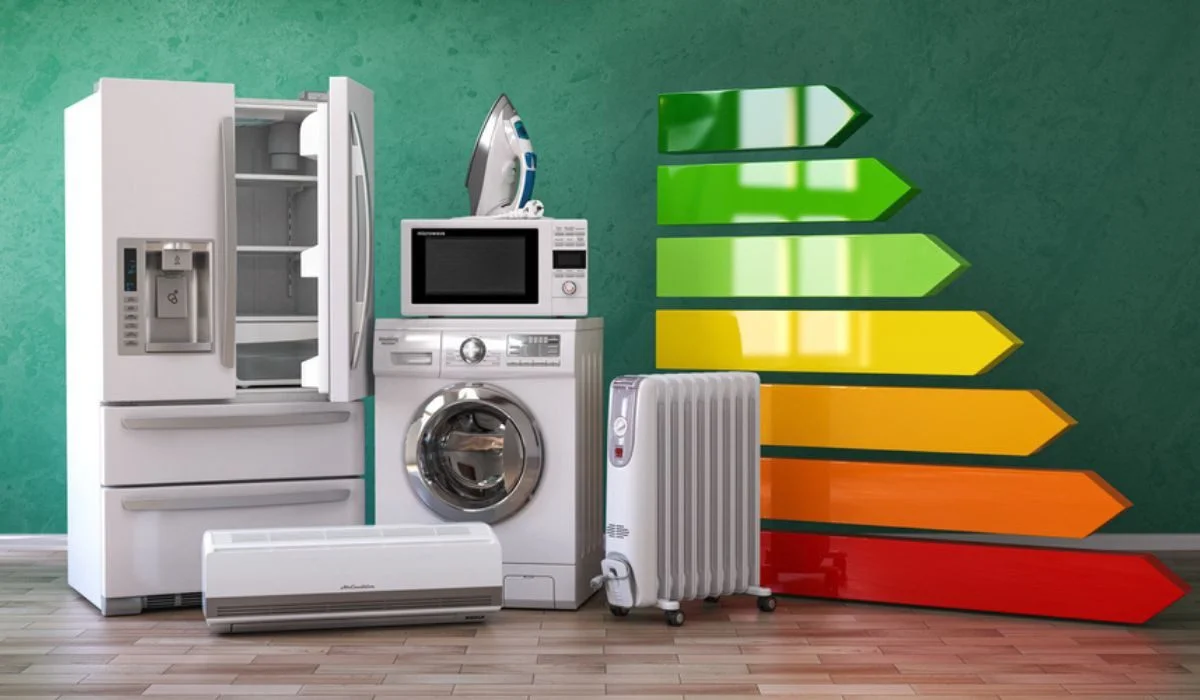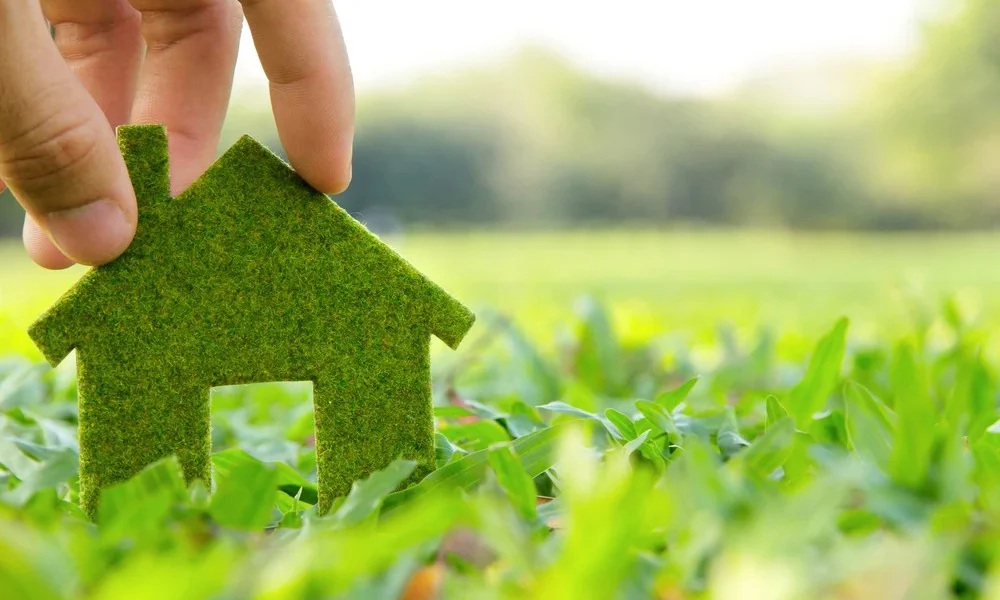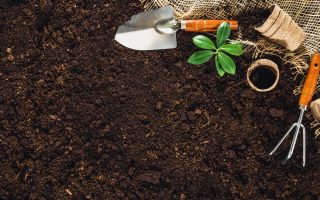The idea of making your home eco-friendly might seem daunting. But the truth is, going green around the house can be both financially savvy and planet-conscious. Many eco-friendly upgrades can lead to reduced energy bills, a healthier living space, and even a boost in your home’s resale value. This guide dives into simple yet effective eco-friendly home improvements that offer a fantastic return on investment.
Why Choose Eco-Friendly Upgrades?
Before we explore specific improvements, let’s understand why they matter. Our traditional homes use up a huge amount of energy, contributing to harmful emissions and hefty utility costs. By making your home more energy-efficient, you’ll rely less on the power grid, saving money month after month.
Additionally, sustainable building materials and practices often promote better indoor air quality, reducing exposure to toxins found in some conventional materials. And since environmentally friendly homes are in high demand, these upgrades can increase the value of your property down the line.
Best of all, every eco-friendly change you make lessens your environmental impact, creating a win-win for you and the planet.
Upgrade #1: Insulation – The Key to Year-Round Comfort
According to a study conducted by the US Department of Energy, proper insulation can help reduce energy bills by up to 30%. In addition, selecting eco-friendly insulation options, such as those made from recycled materials, natural fibers like cellulose, or spray foam insulation with low environmental impact, can have a positive effect on the environment by reducing energy consumption.
Prioritizing insulation upgrades in the attic, walls, and crawl spaces is crucial since these areas are where leaks cause the most energy waste. So, think of proper insulation as a cozy sweater for your home that keeps you warm in winter and cool in summer while reducing energy consumption and saving you money.

Upgrade #2: Energy-Efficient Appliances – Slash Those Bills
Look out for the Energy Star label! These appliances go through rigorous testing to ensure they consume significantly less energy than older models. When looking to replace appliances, focus on the big energy users like refrigerators, washing machines, dryers, dishwashers, and water heaters.
Switching to Energy Star options can sometimes cut energy usage by half or more! And don’t forget that many utility companies offer rebates or incentives for choosing energy-efficient appliances, sweetening the deal even further.
Upgrade #3: Smart Tech for Temperature and Lighting
Smart thermostats and lighting systems can be major energy savers. Smart thermostats learn your schedule and adjust the temperature accordingly, ensuring you’re not heating or cooling an empty house. Meanwhile, switching to LED light bulbs makes a huge difference. Since they use up to 75% less energy and last significantly longer than traditional bulbs, the savings really pile up. For even more control, use smart plugs or light switches to schedule lighting, putting an end to accidentally leaving lights on.
Upgrade #4: Water Conservation – Saving Every Drop
It’s surprising how much a leaky faucet can cost you in wasted water. Fixing leaks throughout your home is a simple, low-cost upgrade with outsized returns. Investing in low-flow showerheads and faucets reduces water usage without sacrificing a satisfying shower experience. And, similar to your appliances, modern Energy Star washing machines and dishwashers use a fraction of the water per cycle compared to older models. Water conservation not only saves money on utility bills but also reduces the energy needed to heat and treat that water – a double win!
It’s surprising how much a leaky faucet can cost you in wasted water. According to the US Environmental Protection Agency (EPA), a leaky faucet that drips at a rate of one drop per second can waste up to 3,000 gallons of water per year. However, fixing leaks throughout your home is a simple and low-cost upgrade with outsized returns. According to a study by the Alliance for Water Efficiency, fixing household leaks can reduce water bills by 10% on average.
Upgrade #5: Solar Power – Harness the Sun’s Energy
Solar panels are the ultimate eco-friendly home upgrade. While the initial investment can be significant, the long-term savings are enormous. In many sunny locations, you can effectively eliminate your electric bill and even sell excess energy back to the grid. Don’t overlook the many federal, state, and local incentives available, often in the form of tax credits or rebates, which can greatly offset the cost of installation. Beyond generating electricity, solar systems can also heat your water, further reducing your energy footprint.
Easy Eco-Friendly Swaps
Beyond major upgrades, numerous small changes can also impact your bottom line and the environment. Ditch disposable items like paper towels for reusable clothes, use refillable water bottles and switch to natural homemade cleaning solutions made with vinegar, baking soda, and lemon juice. Start composting kitchen scraps to reduce landfill waste and create nutrient-rich soil for your garden – it’s cheaper than store-bought fertilizer!
Remember: Start Small and Celebrate Every Win!
Don’t feel overwhelmed. You don’t have to overhaul your whole home in one go. Make eco-friendly upgrades gradually, starting with a few small changes and building towards bigger projects as your budget allows. Every improvement counts and adds up to a healthier, more efficient, and more wallet-friendly home!
Let’s chat in the comments: What eco-friendly home improvements have you made, and what benefits have you noticed?




